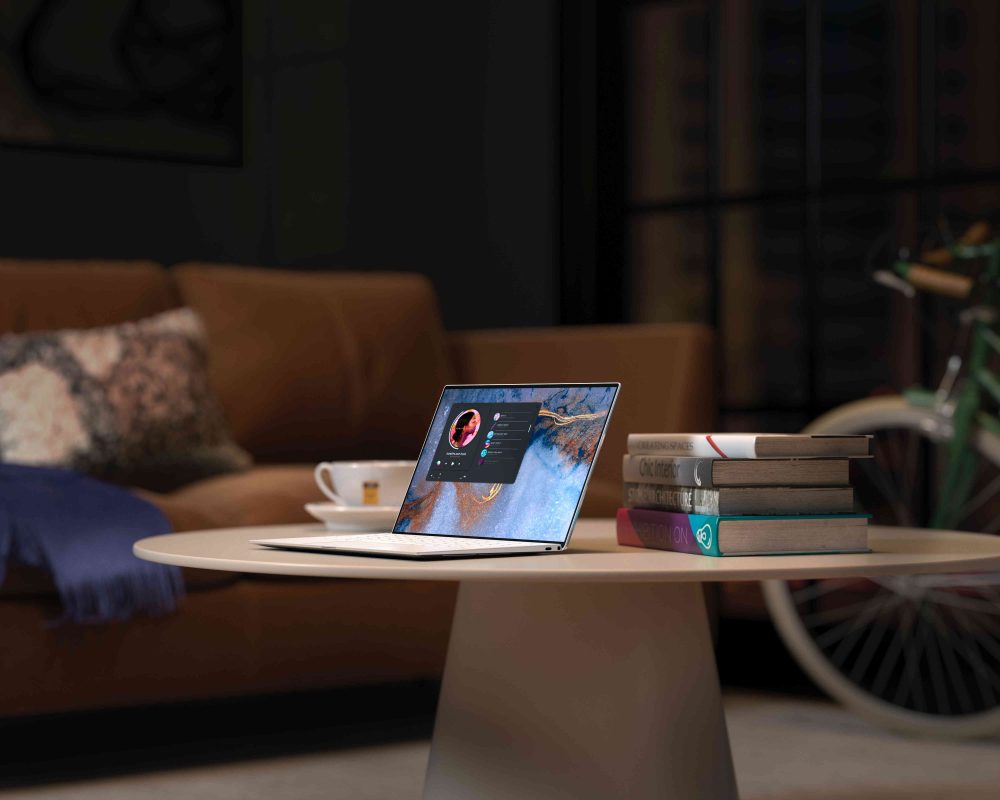Most people who aren’t that tech-savvy use the terms UI and UX interchangeably, even though they mean different things. While it’s understandable if someone who isn’t too knowledgeable about design makes this mistake, confusing UI with UX is unacceptable for professional designers. Let’s learn more about the key differences of UX vs UI. But first, it’s vital that you first have a clear understanding of both of these terms.
What Is UX?
UX stands for user experience and is primarily based on ensuring a user has a great experience with a company’s services or products. One of the main factors that determine whether UX design is good is the functionality of a product. If it’s easy to interact with each element of a specific product, the user experience designer did a good job.
UX design can be applied to virtually anything that you can experience, whether it’s using a blender or navigating a website. It’s a common misconception that UX designers only work on visuals. In reality, they have to create both unique and straightforward experiences for the end-user to accomplish a certain task.
What Is UI?
UI (user interface) design is more based on the visual elements that users interact with. Unlike UX, this is a strictly digital term.
Companies that want to improve their website’s design often hire UI designers to deal with the aesthetic aspects of their page. Twiftnews designers say that the main focus of a UI designer is to improve the look of color schemes, graphics, diagrams, typography, button styles, imagery, and icons on a website. Simply by making these aspects of a website better, UI designers are able to ensure more user engagement.
UI Design Is for Artists
If you want to have a career in user interface design, then you’ll need to have an artistic side that you can tap into when you’re working. On the other hand, UX designers should have excellent research skills. As we previously mentioned, UI is a strictly digital term that focuses on the design of certain aspects of a product (in most cases, a website). Therefore, you need to know how to use your creativity in order to be successful as a UI designer.
When you’re working as a UX designer, you’ll be primarily focused on finding solutions that’ll improve the usability of a certain product. That means that you need to know how to conduct proper market research and communicate with consumers to find ways you can improve a product or service.
UX Deals with Functionality while UI Focuses on Customer Psychology
As a UX designer, one of your main tasks is to improve the functionality of a certain product or service. You’ll have to do a lot of experimenting and testing to find the perfect way to shape a product. Analyze the products your competitors are selling and find out what people like and dislike about them.
Meanwhile, a UI designer will focus more on human psychology. More specifically, they develop ways to trigger an emotional reaction from users through design. As a skilled UI designer, you must know which color schemes will trigger a reaction from a customer. Of course, the design you create has to match that of the brand you’re working for.
UX and UI Designers Use Different Tools
You’ve already learned that there are some major differences between user experience and user interface design. It only makes sense that different tools are used in each field. Some of the most common tools used by UI designers include InVision, Adobe XD, Sketch, and Figma. These tools are used for creating images. On the other hand, UX designers favor tools like UXPin, UserTesting, and Optimizely.
Conclusion
As a designer, it’s extremely important for you to know the main differences of UX vs UI. Although some use these terms interchangeably, they represent two different things. The most important difference between the two terms is that UI focuses strictly on digital design, while UX can be applied to physical products as well.
